
The sun finally came back out this afternoon as we finished up the CSA harvest. Even the bolting mustard blossoms glowed with the glory of it all!
What’s the big news on the farm this afternoon? I’m sure the same big news that is drawing all of you outside your homes and workplaces with a big smile on your face! The sun is out!
I wrote about the rain in last week’s newsletter, and I could write about it at length again this week. Because, well, it’s been wet. Build-an-ark kind-of-wet (or so it has felt, day in and day out with very little break).
Everywhere we go, people are talking about it. Complaining mostly. As though a very wet March is some kind of anomaly, which let me tell you: it isn’t. We’ve been gifted with some beautiful springs in recent years, including a 2015 when it felt like summer arrived in February (and it stayed that way!). But I can very keenly remember a different March, five years ago, when we were pacing and pacing, waiting for what felt like forever, before we could begin the spring work of tilling and planting.
We’re waiting for that now too, but with the advantage of a few more years of experience under our belts and four large greenhouses to grow in to boot. So, it feels different.
Not to say we aren’t welcoming this sun! Oh yes! Oh yes! Especially when we do have outdoor projects to work on. This Monday, we plan to dig a long trench and finally put in a simple buried mainline on the home farm. This is something we’ve been talking about for, well, ever. Having a few strategically placed risers around our fields will make irrigating our farther out fields (and greenhouses) much simpler — we won’t have to manually lay down above-ground pipes every time we want to irrigate something. Those above ground pipes are a pain for a few reason: they’re work to move around, they get in the way of vehicles (which can’t safely drive over them), they often leak at the junctions, and they make it hard to mow or keep fields weeded. We’re looking forward to needing less of them this season, so hopefully the weather will cooperate as we go to work!
We’re not the only ones who have been waiting for this glorious burst of sunshine either. Casey and I have been amazed at how the fruit tree buds that started swelling weeks ago have just hung out at that state during this recent spell of cooler, wet, stormy weather. The pear tree by our door has especially attracted my attention as I can see it easily every day as I wash dishes. The buds have been fat, ready to burst, for several weeks now.
I anticipate that we’ll see those white blossoms soon, if the weather holds. And we noted today that there are pollinators out too, to help make those buds fruitful after all. As Casey and I picked rapini, tall open blossoms were open all around us, and if we paused in our talking we could hear the buzz of honey bees visiting those blooms. One of the best sounds of spring — little creatures hard at work. I can’t help but attribute emotion to those sounds, as they remind me so much of a contented cat’s purr. I don’t think my connection there is too unfounded — if bees can feel emotion (and they can dance, so why not?), then surely these moments bring them joy as they bring back the first fresh pollen and nectar of the year to their hives.
Enjoy this week’s vegetables!
Your farmers, Katie & Casey Kulla
~ ~ ~
CSA payments due this week! Just another friendly reminder that your CSA payment is due tomorrow (Thursday, March 17). You can bring us a check or cash to pick-up. Please let me know if you have any questions.
~ ~ ~
Meet this week’s vegetables:
- Apples — This week our Goldrush apples are back! These are the ones voted best overall apple by our CSA members last fall.
- Salad mix — This week’s salad mix is a fun blend of lettuce, cabbage rapini, radicchio, endive, kale and kale rapini.
- Radishes
- Butternut squash
- Marina di Chioggia winter squash
- “Leaf” broccoli — What is leaf broccoli? It’s the tender leaves and stalks of winter-grown greenhouse broccoli. Think kale with more broccoli flavor. Delicious!
- Rapini
- Red Russian kale
- Chard
- Parsnips
- Carrots
- Potatoes
- Spring onions
And this week’s extra goodies from the farm:
- Eggs — $6/dozen
- Pork — Roasts are $8/lb; pork chops are $12/lb. Remember that we are finishing up with pork this year! We’ll have two more batches coming through the storefront in the coming months (including another batch of Bratwurst), but then we’ll be done for the foreseeable future! Enjoy it while it lasts and stock up your freezer! (We will too!)
- Lamb — LAMBCHOP SALE! For some reason our butcher cut all of our usual lamb roast cuts into chops. So we have a lot of lamb chops in the freezer right now, many of which would be delicious cooked as a chop or as slow cooked stew meat. We’re putting these chops on sale at our usual roast price: only $8/lb! Ground lamb is $8/lb.
- Ground beef — $8/lb

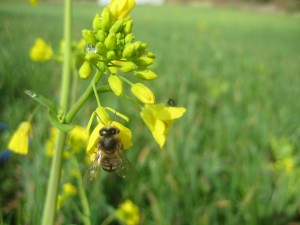
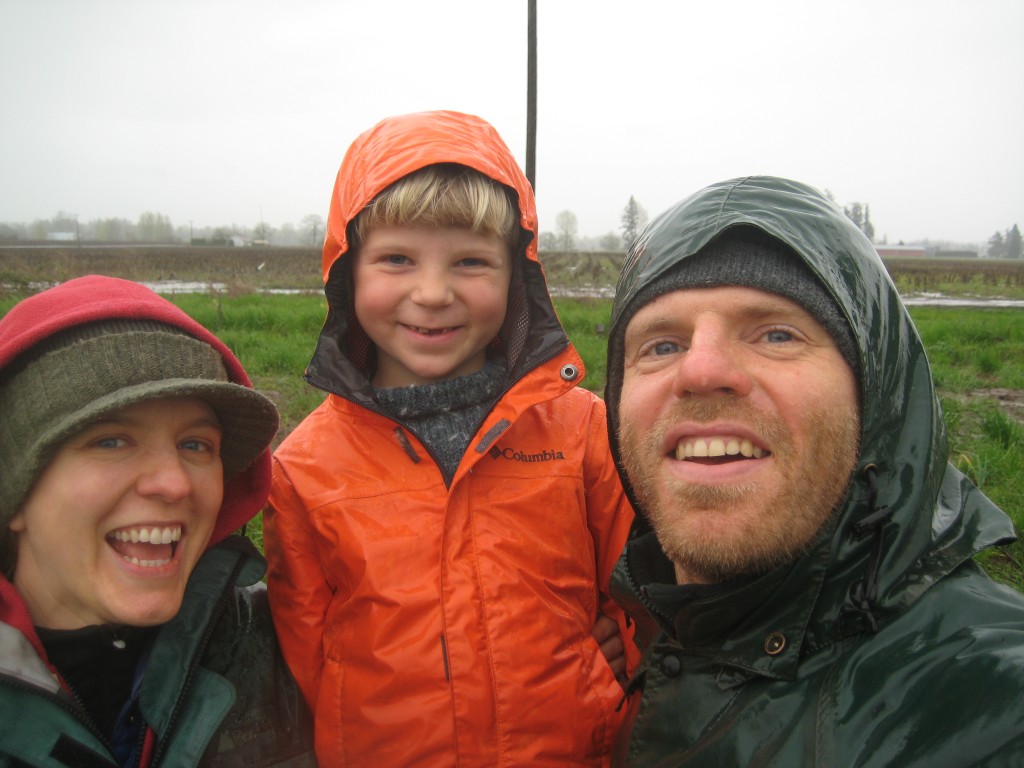
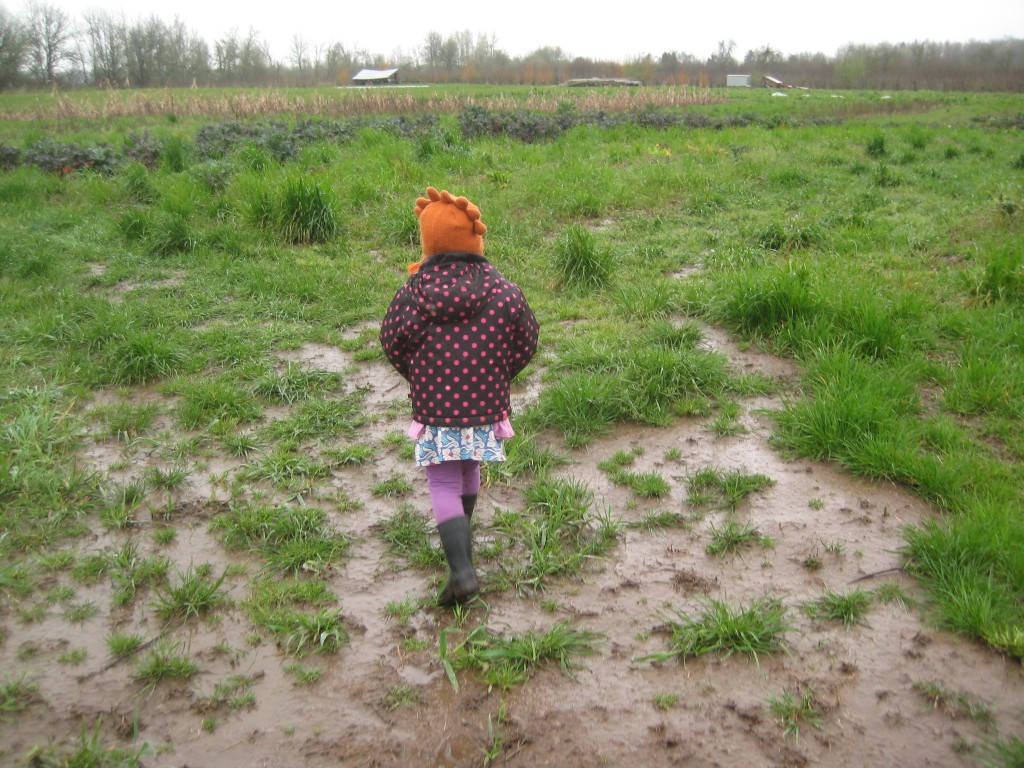
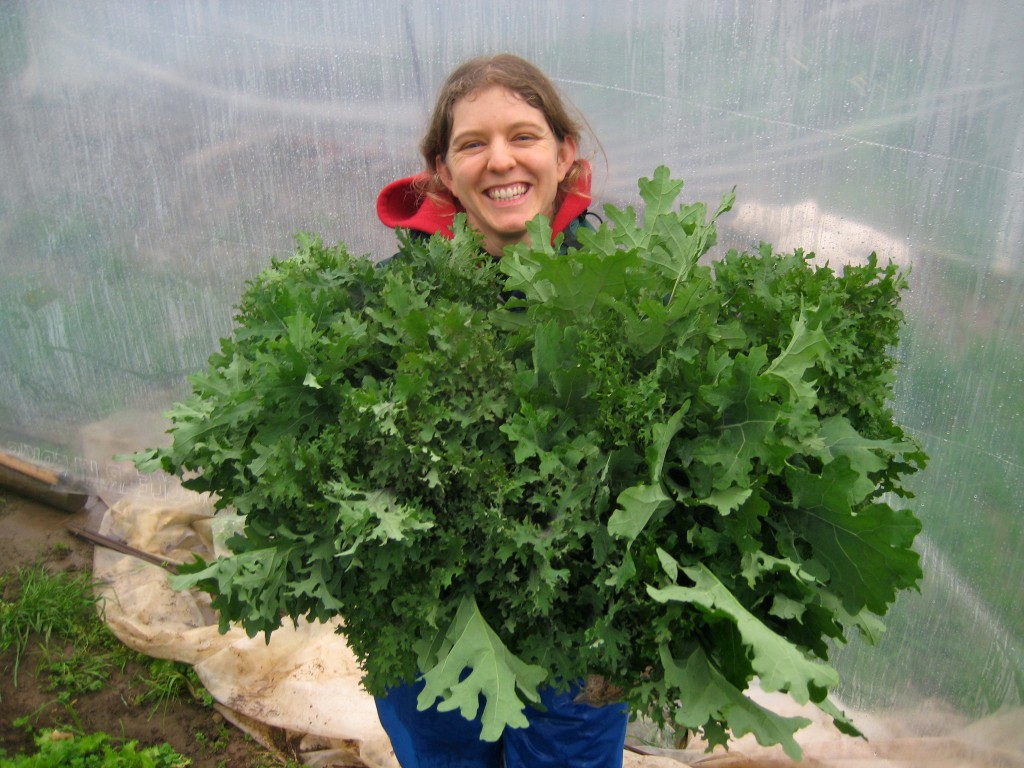


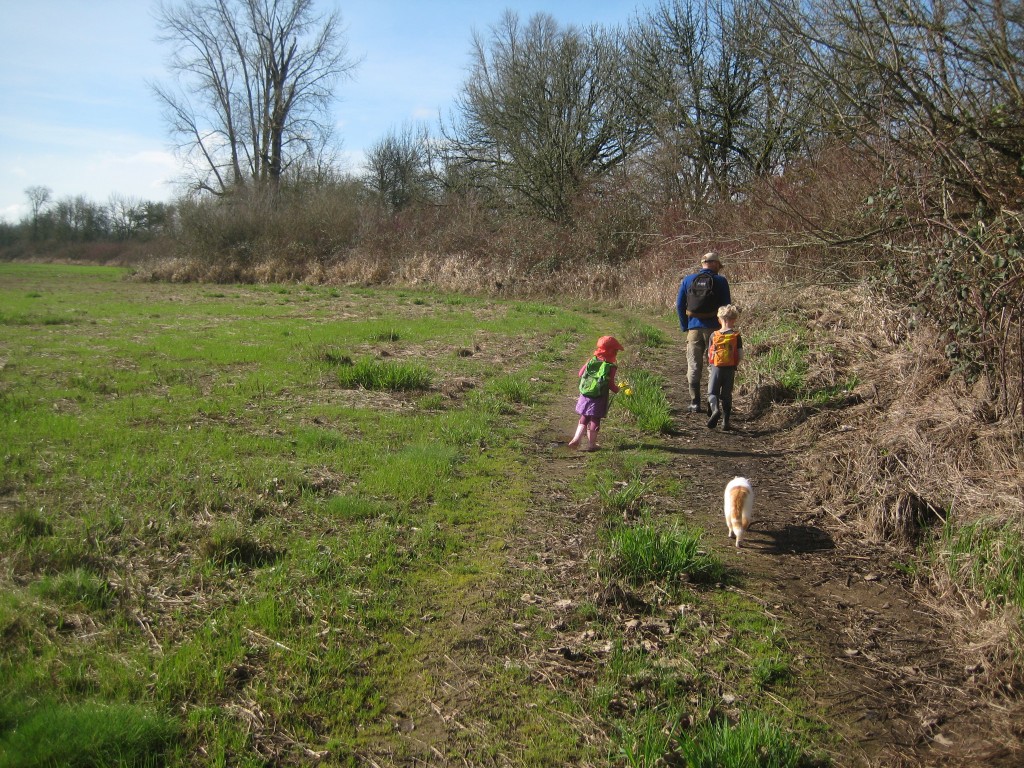

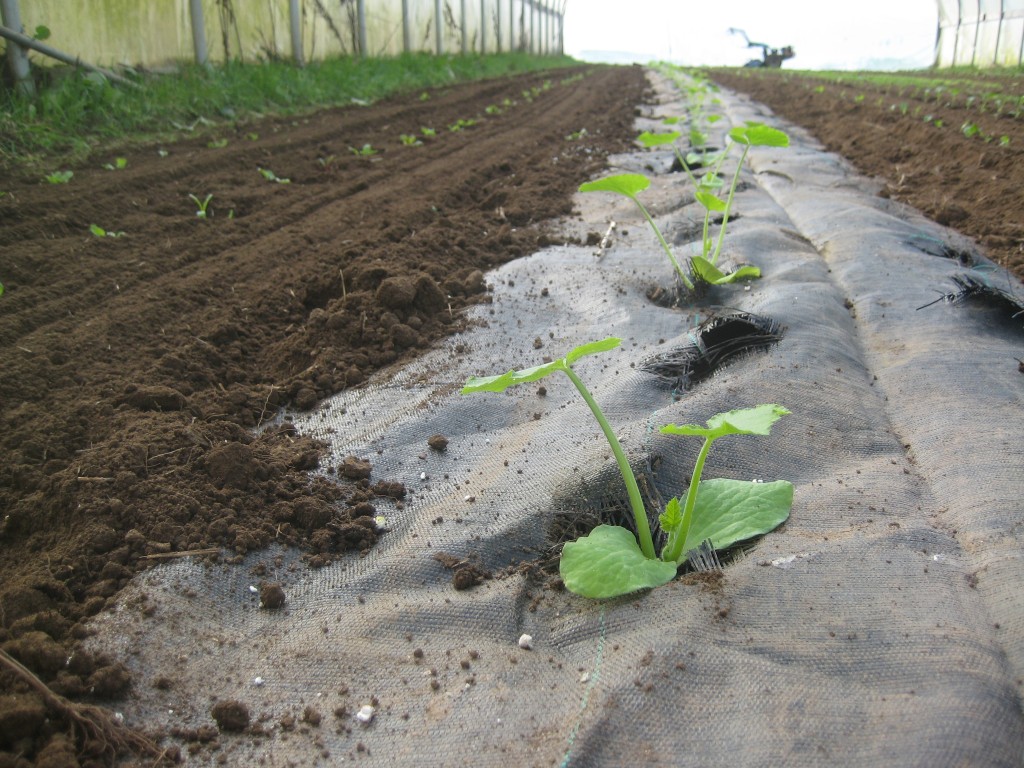
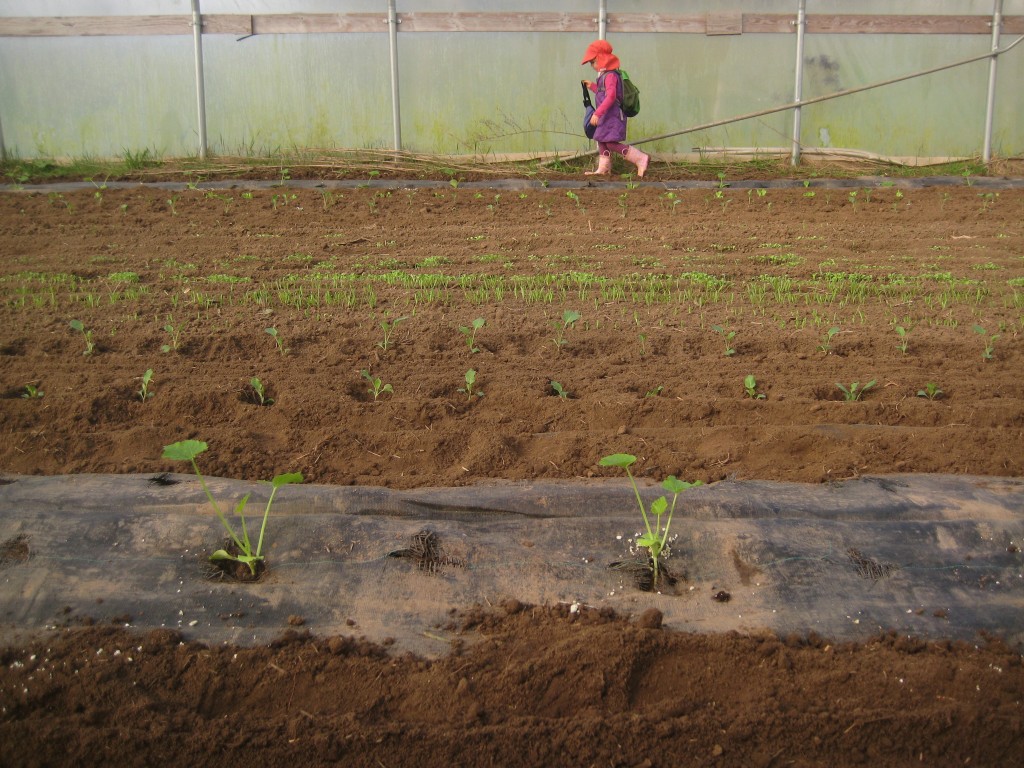
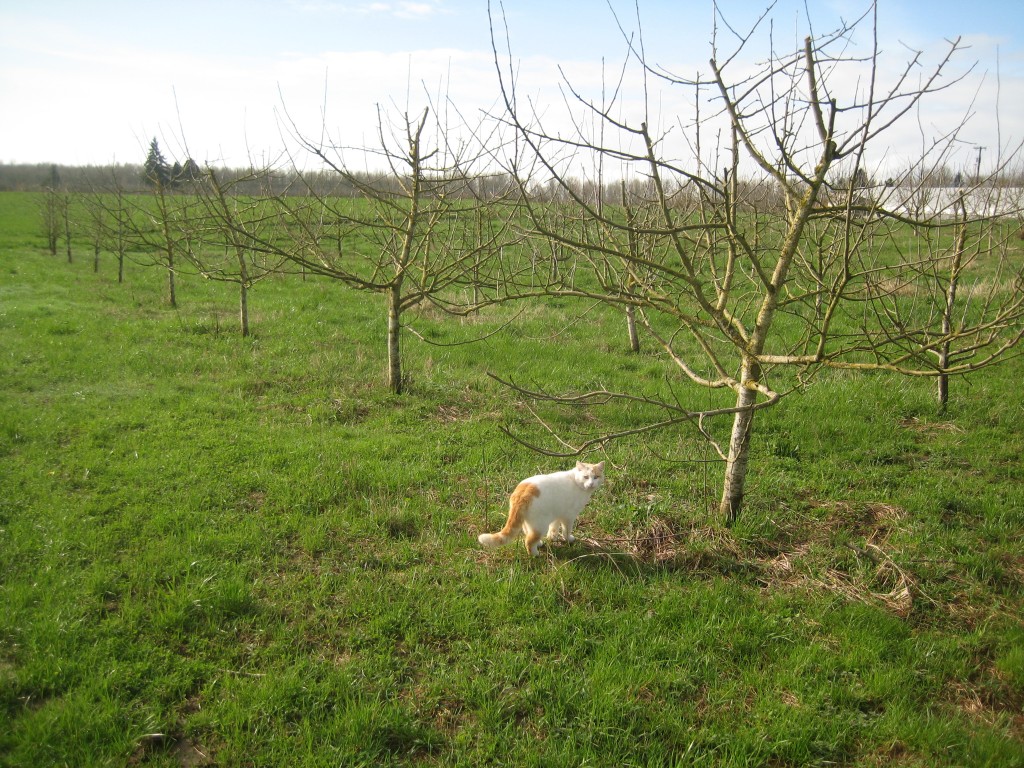
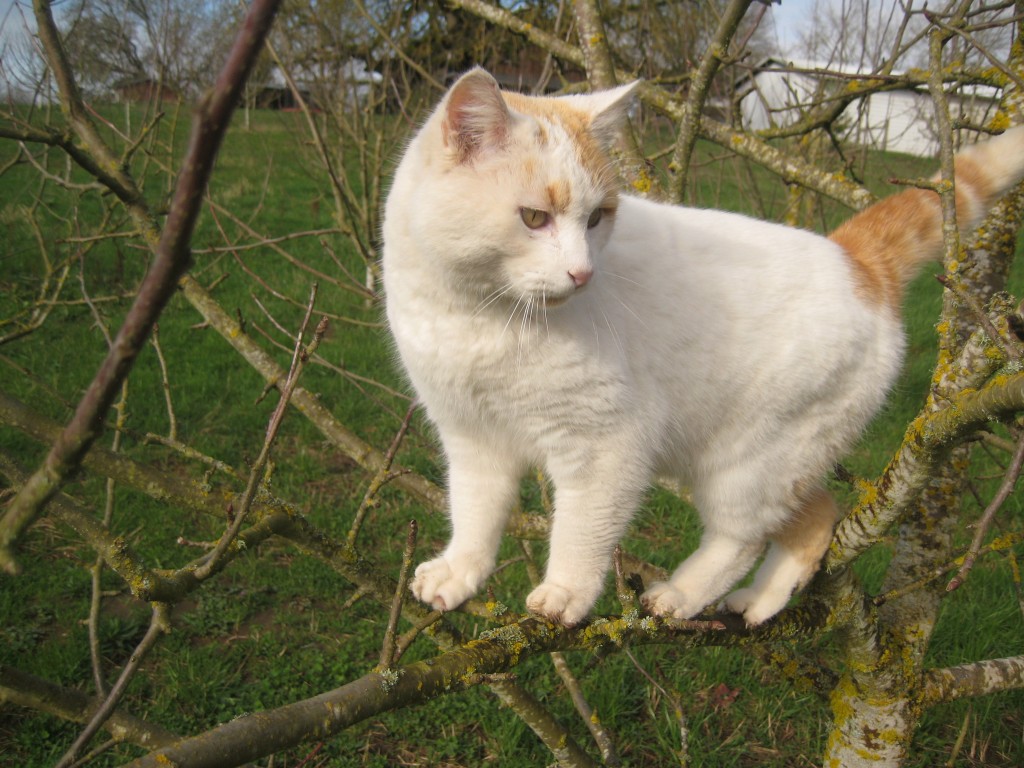
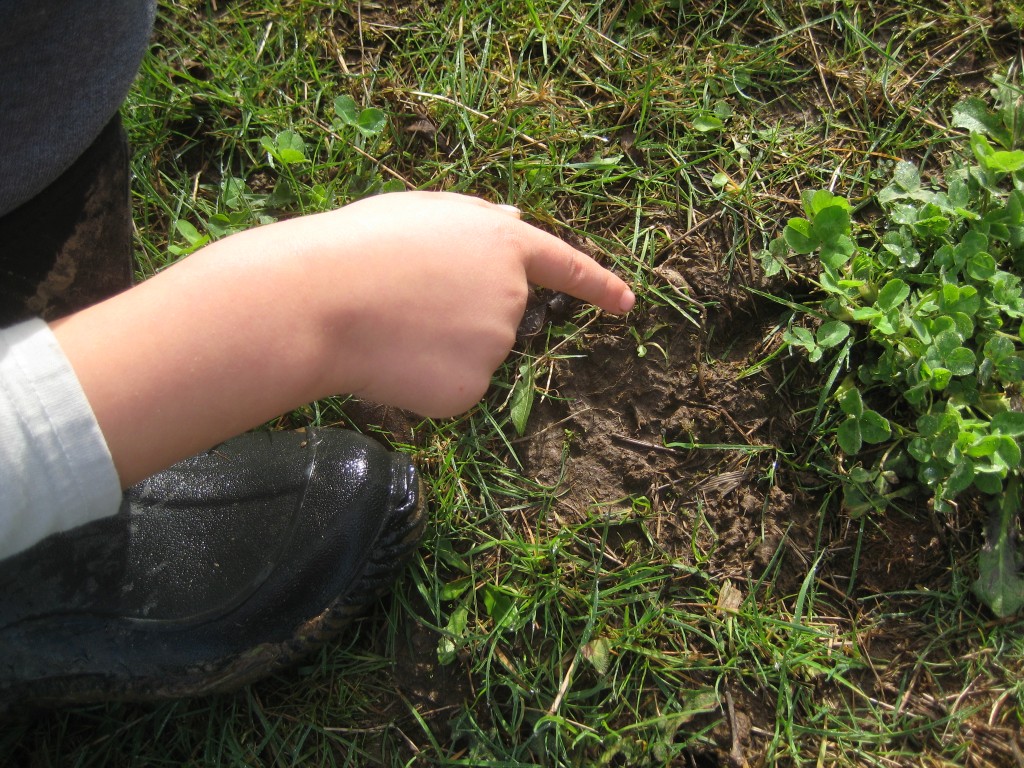
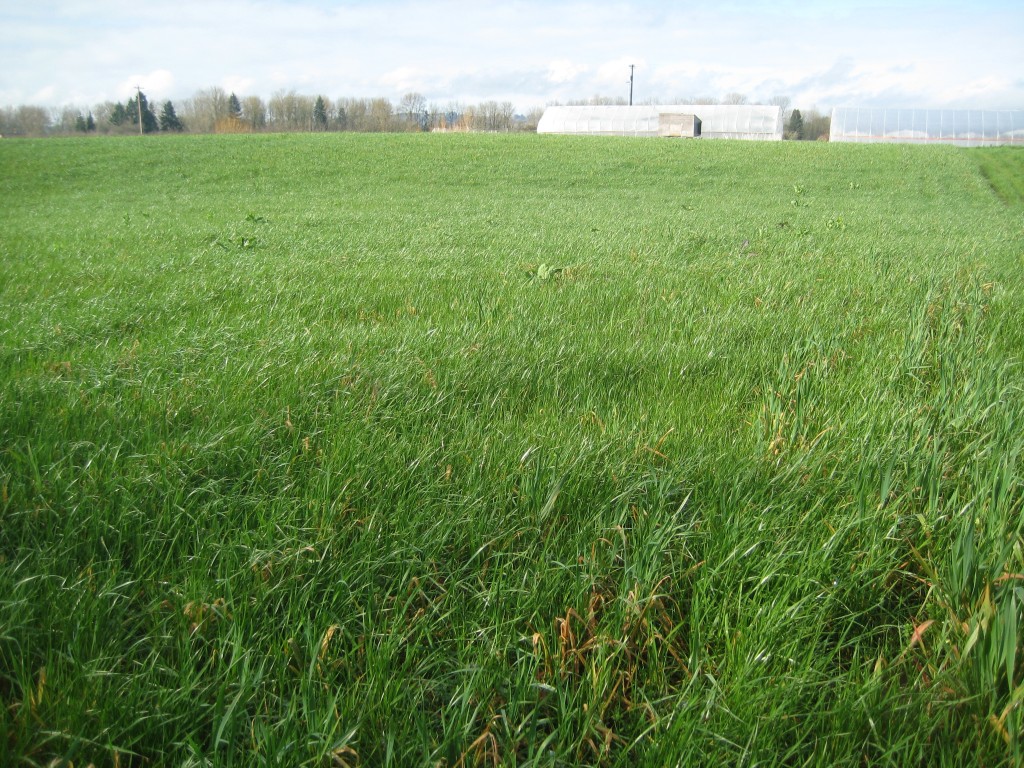
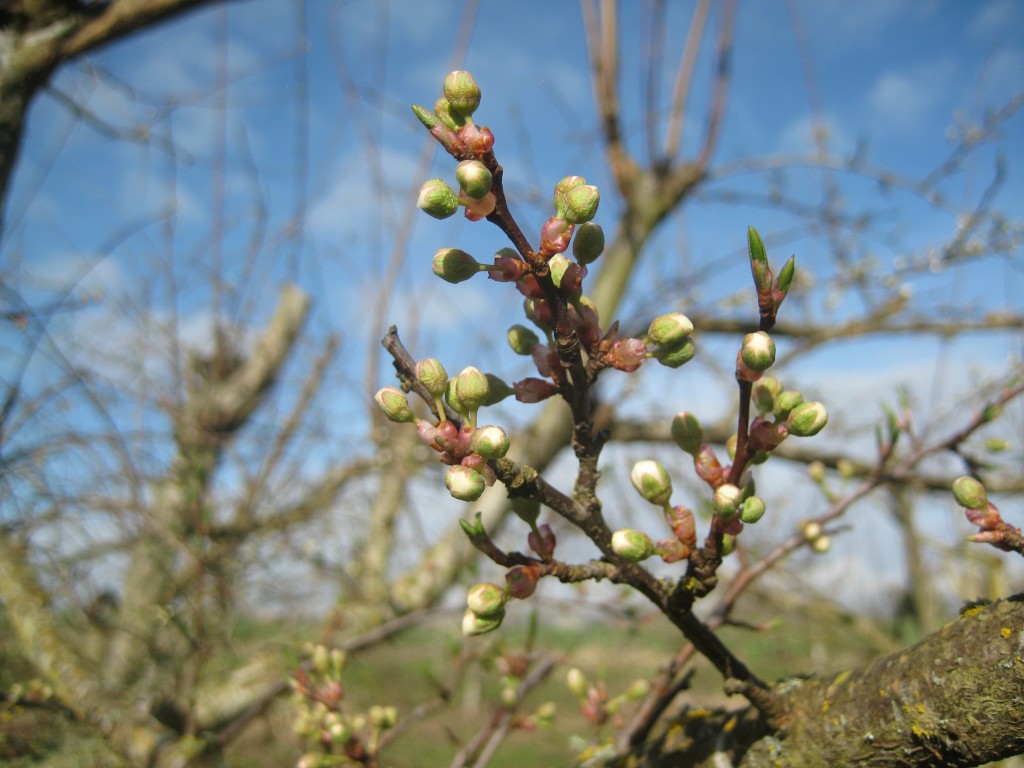
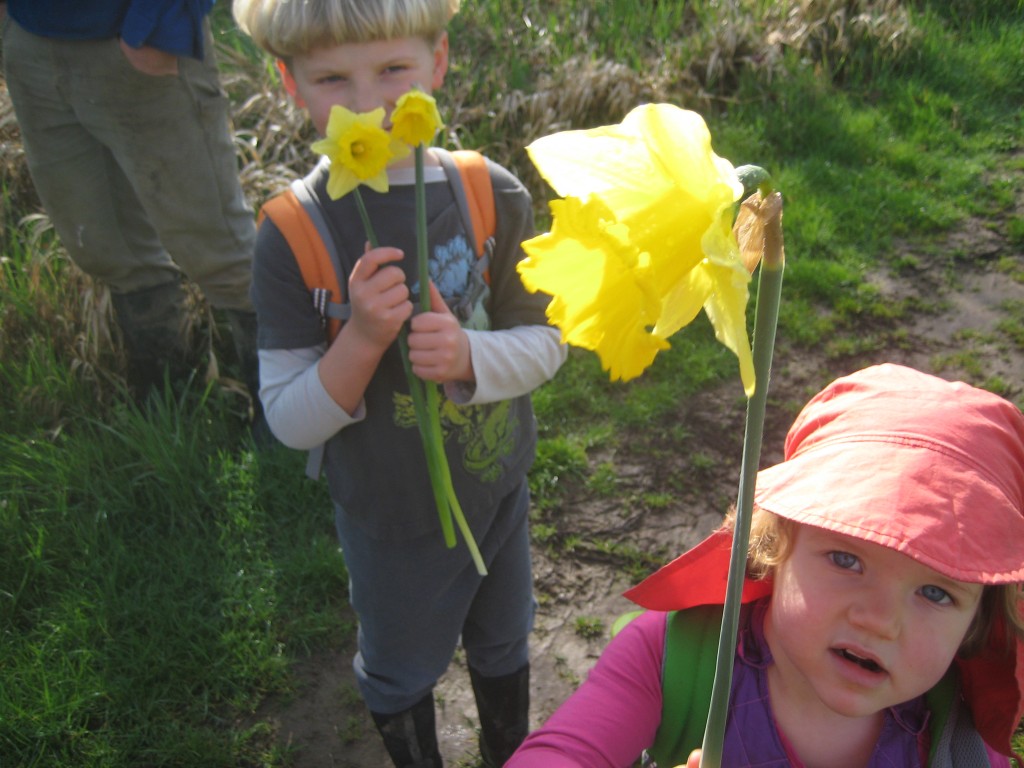
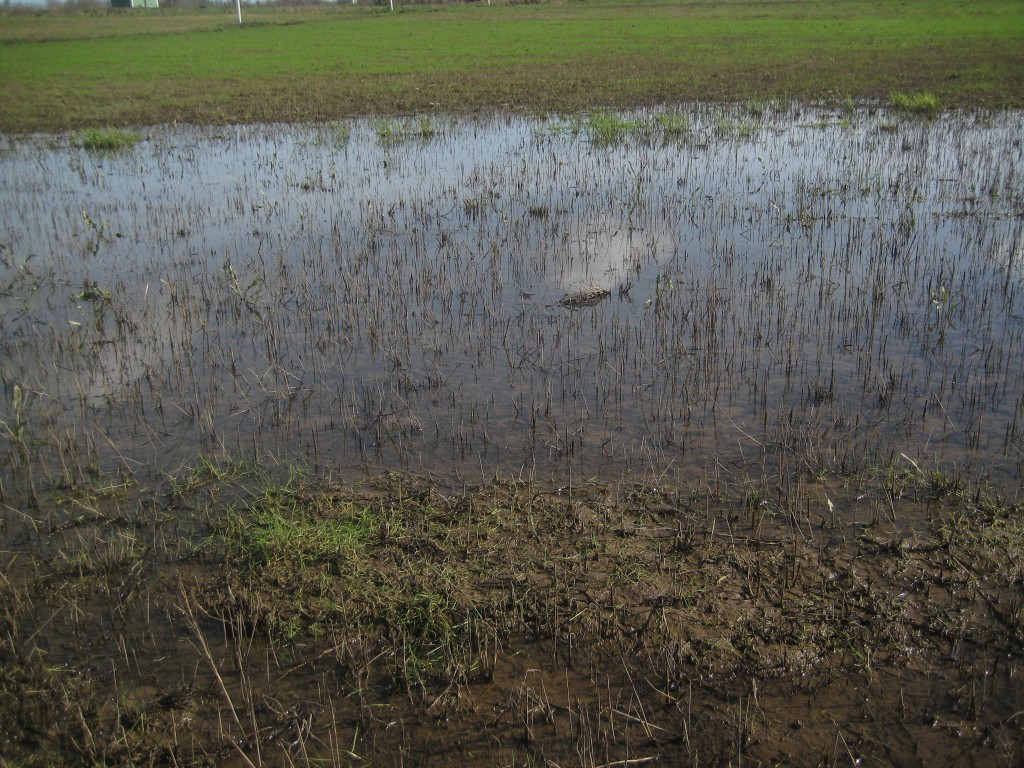
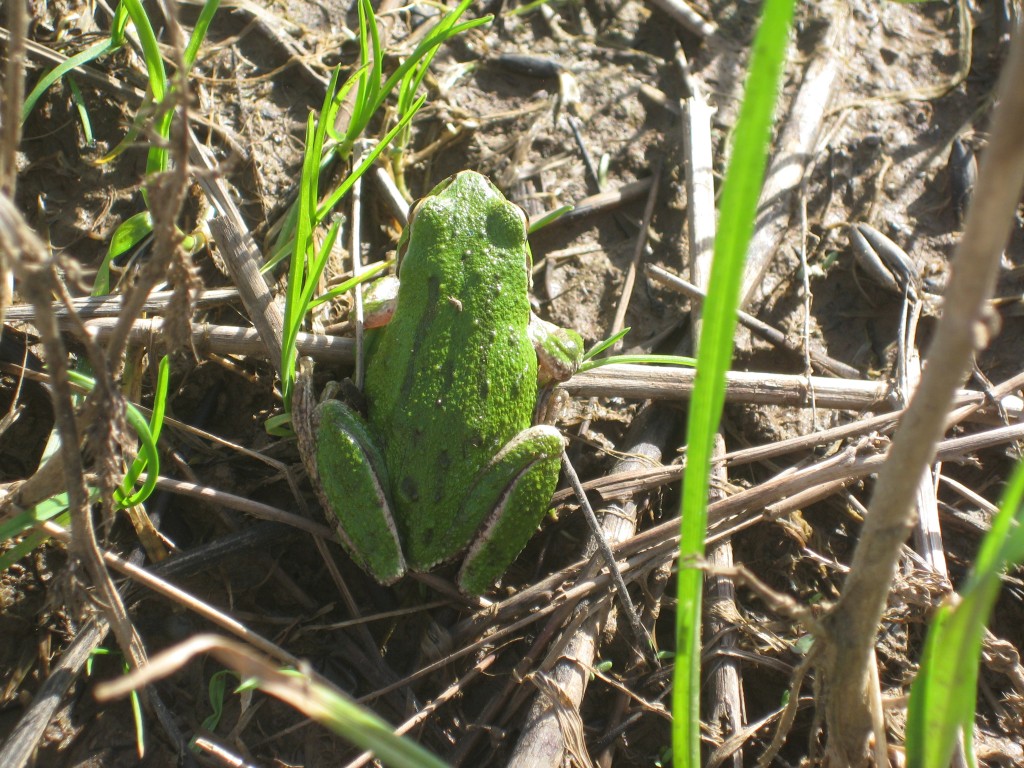
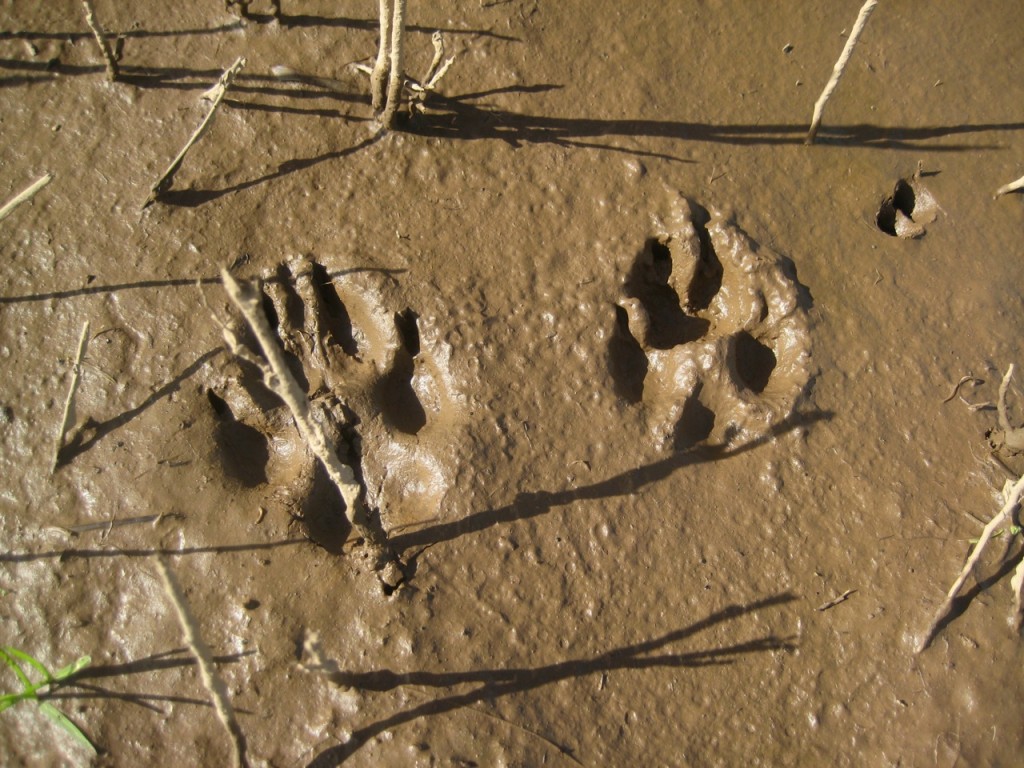
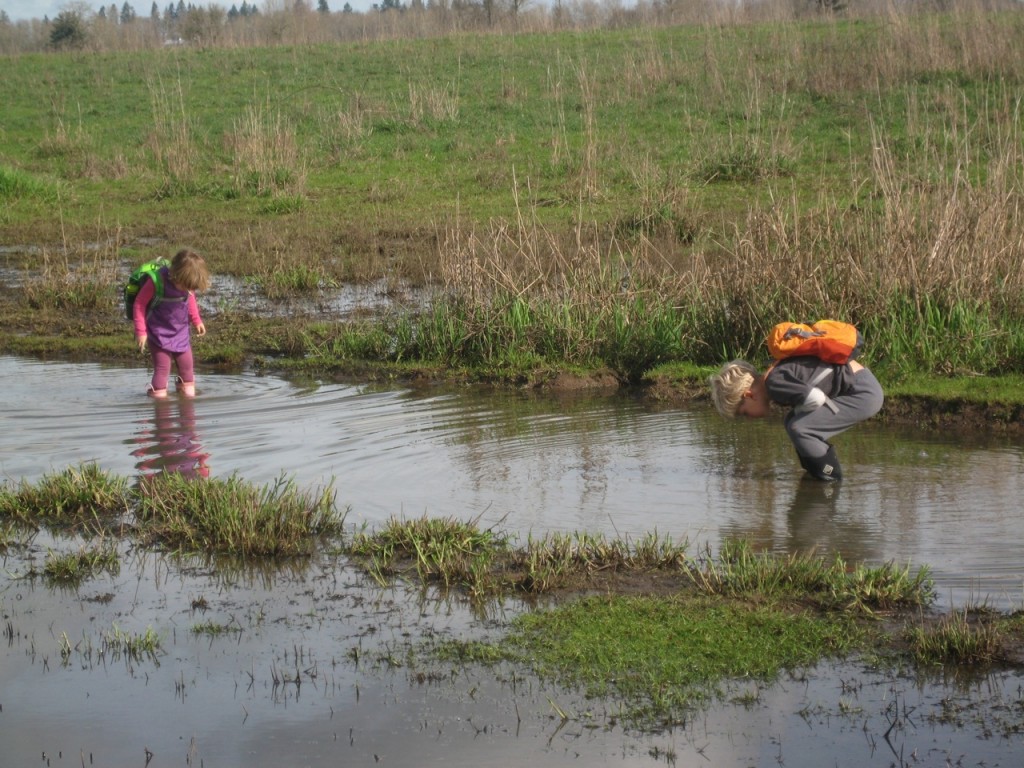

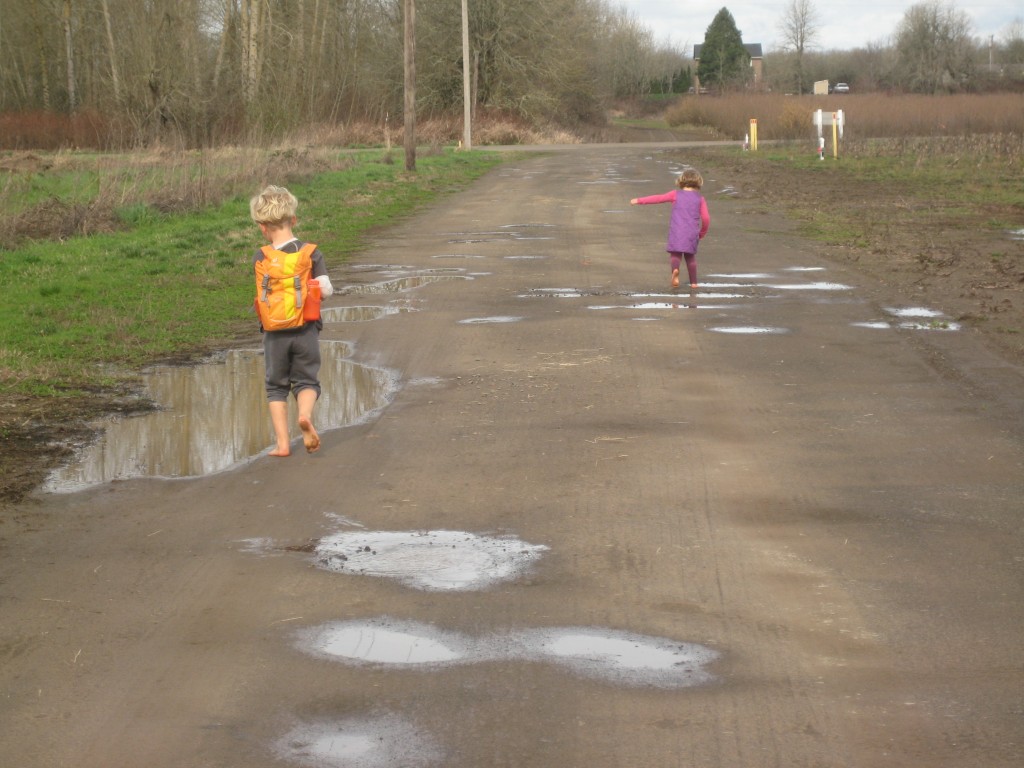
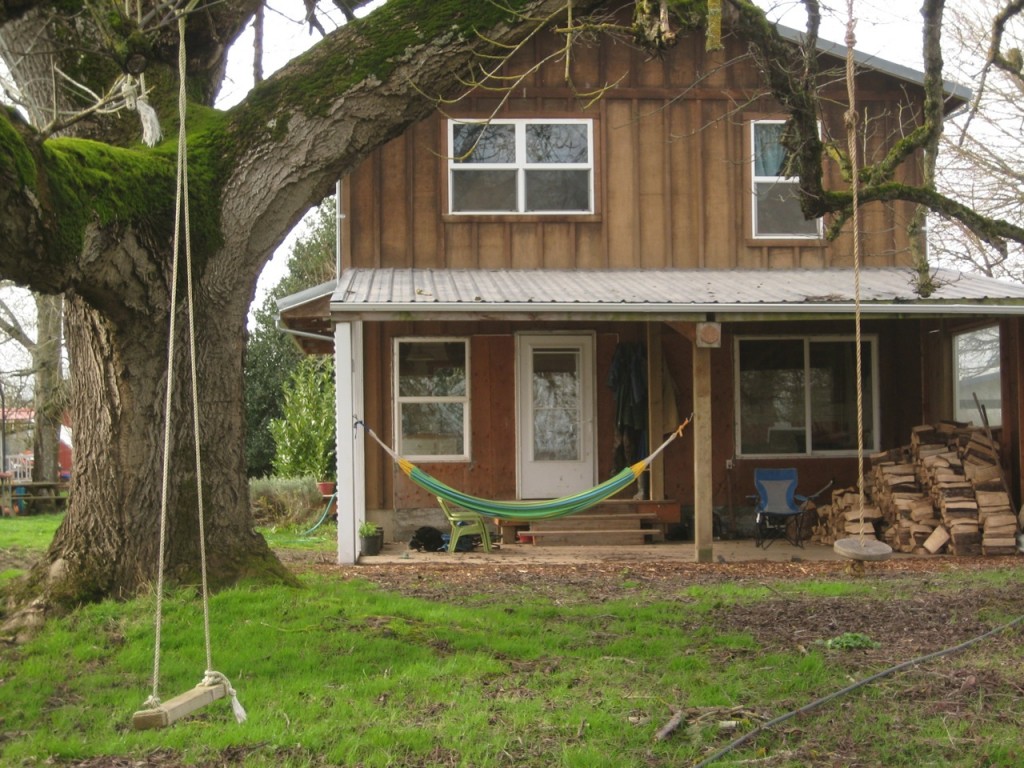
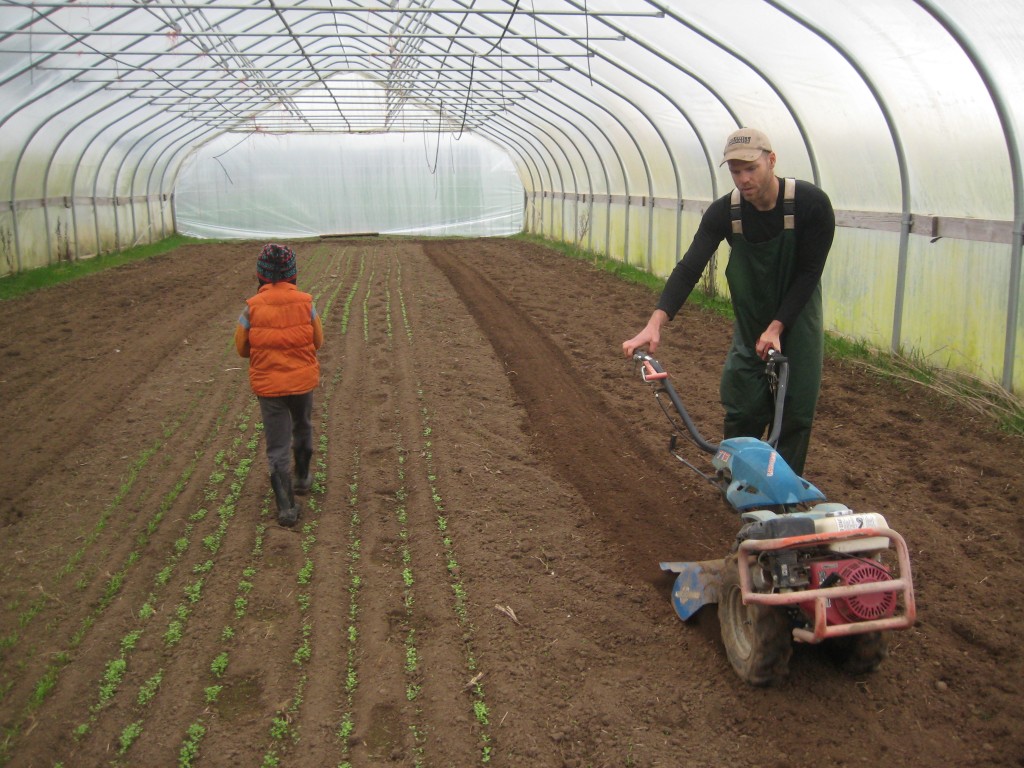

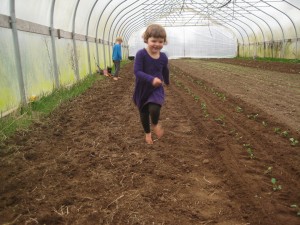
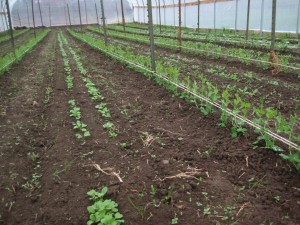
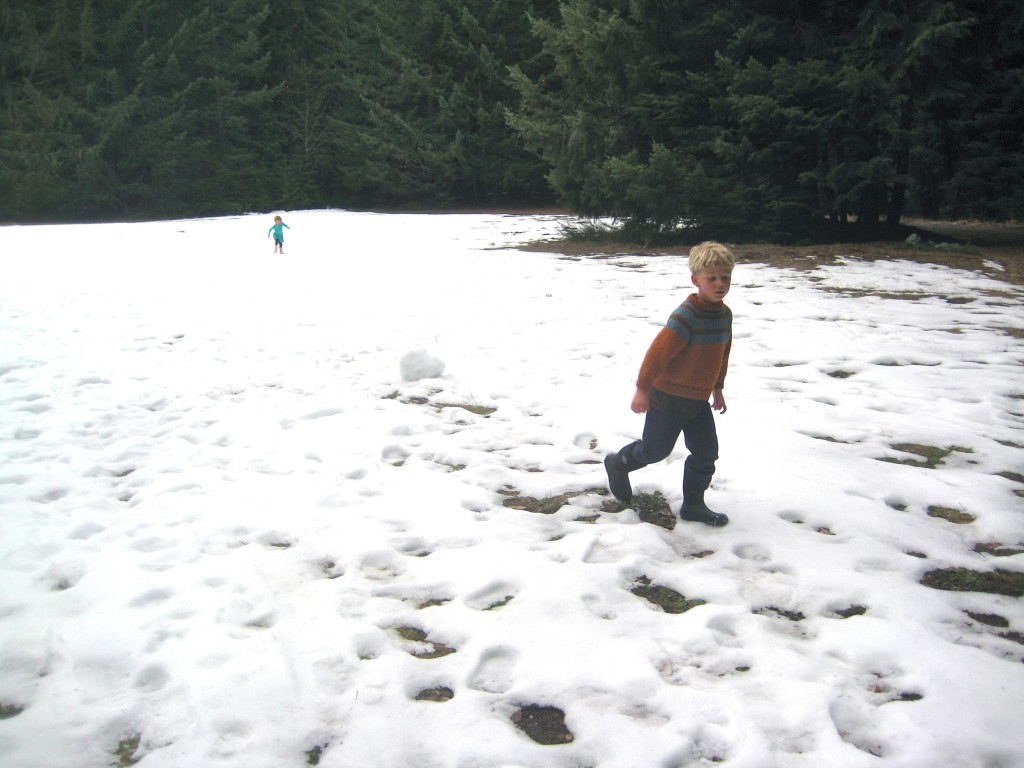
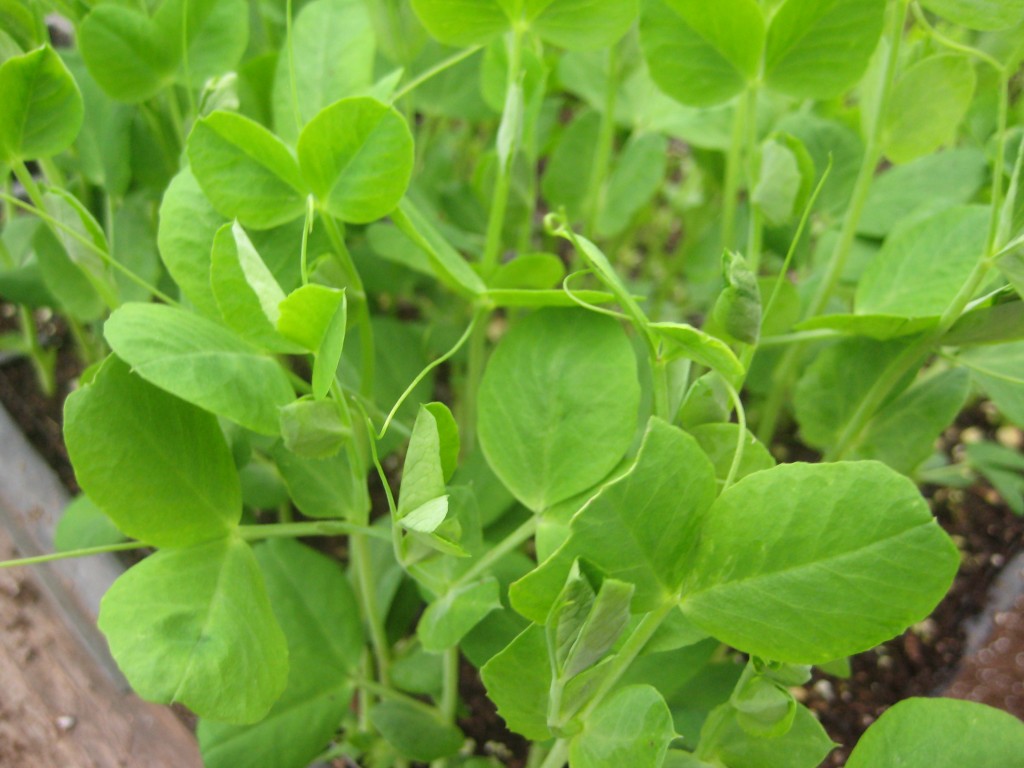
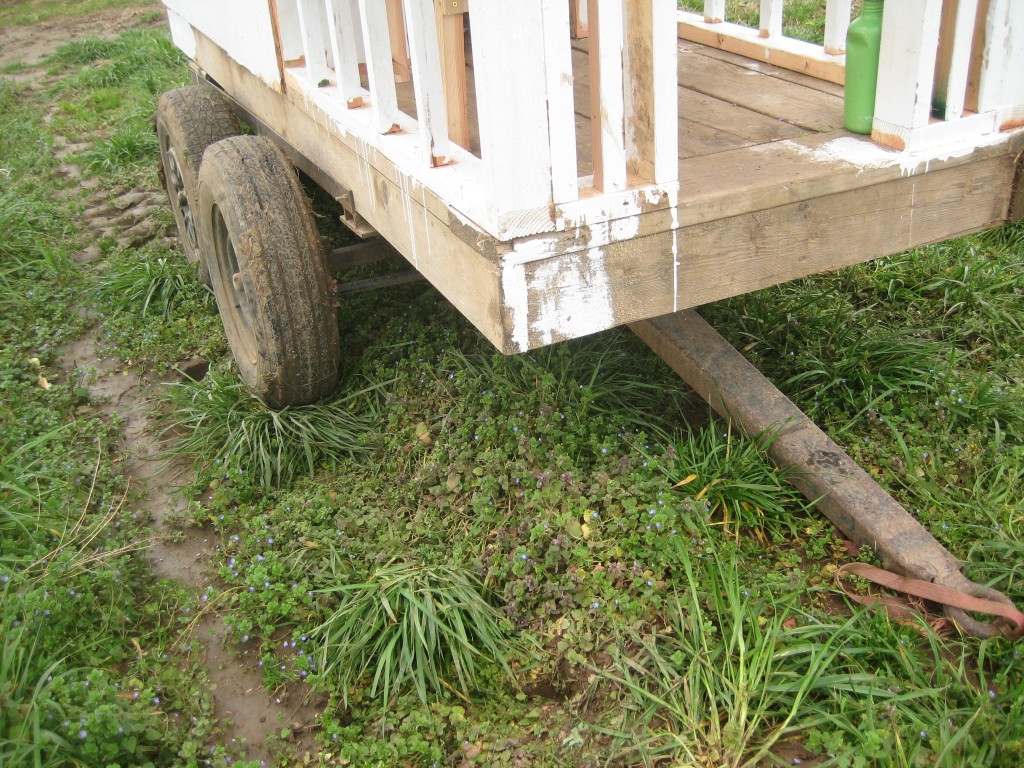

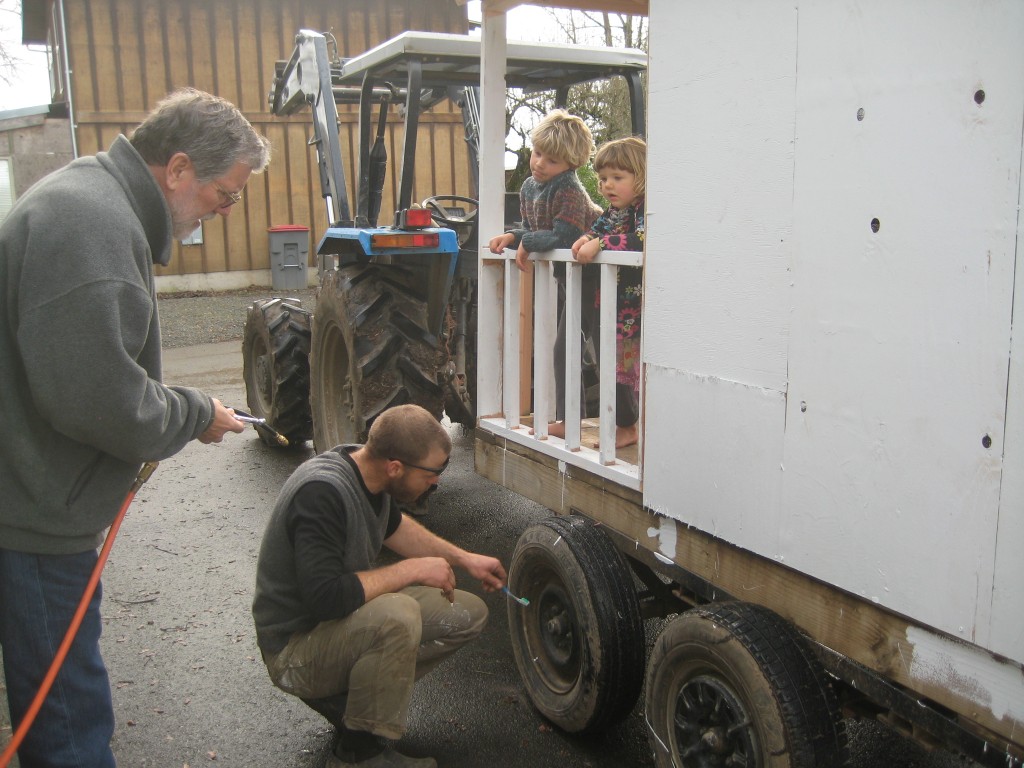
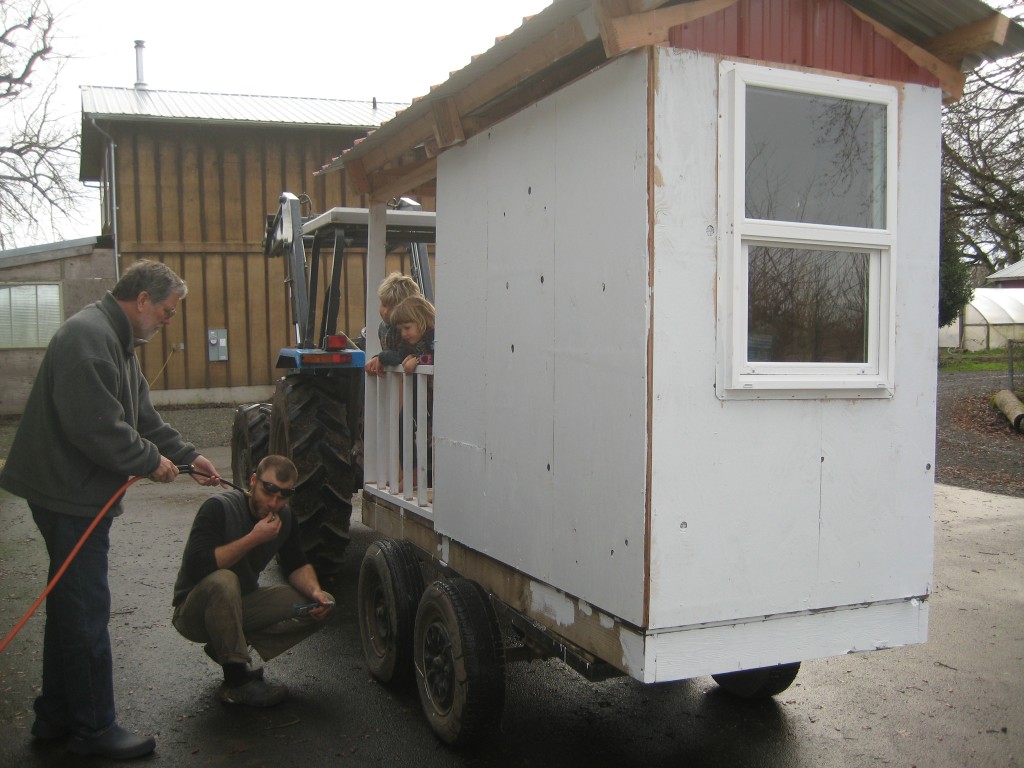
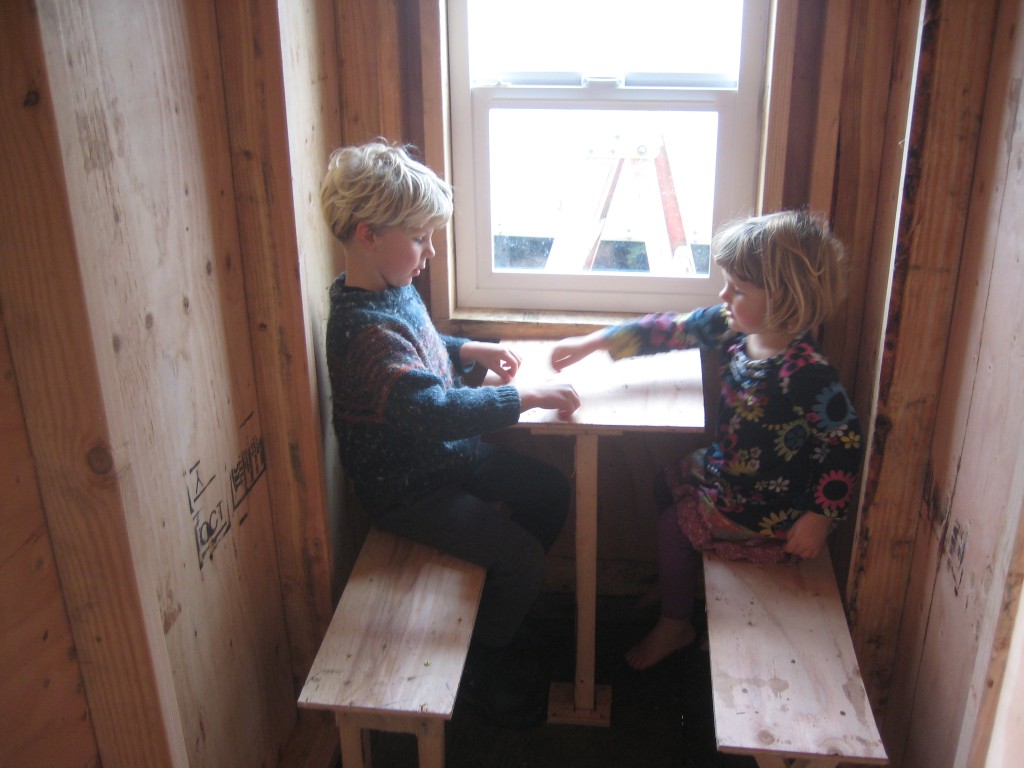
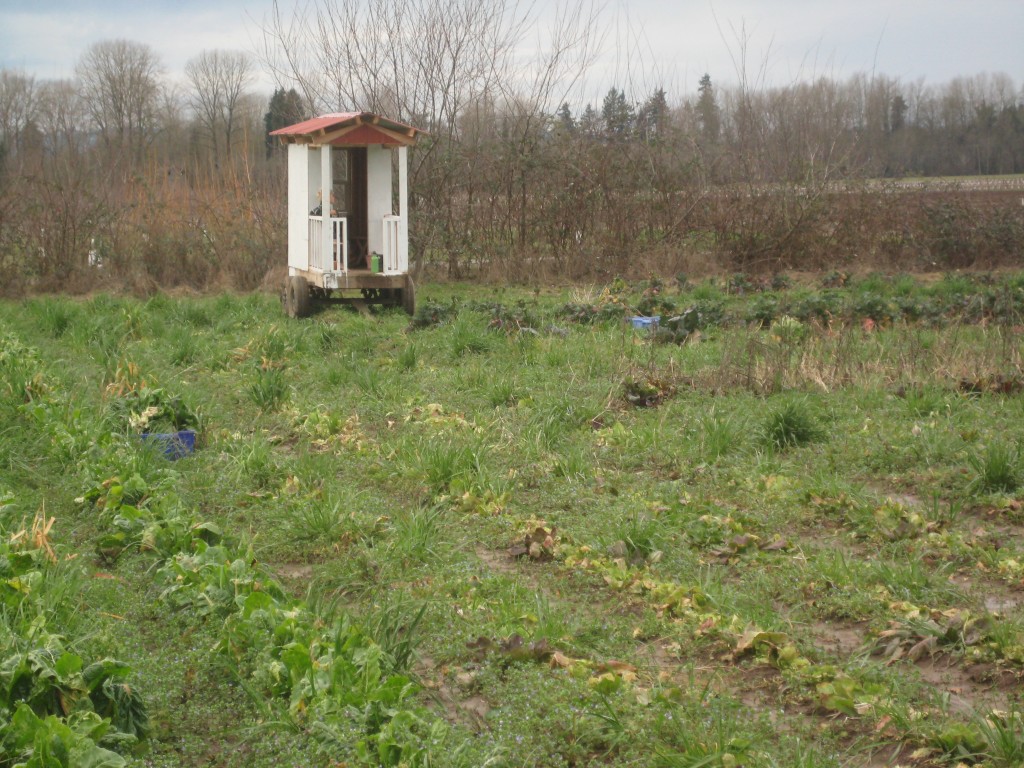
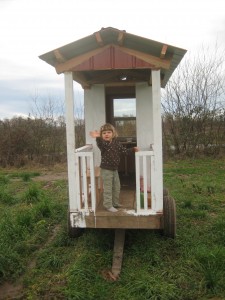
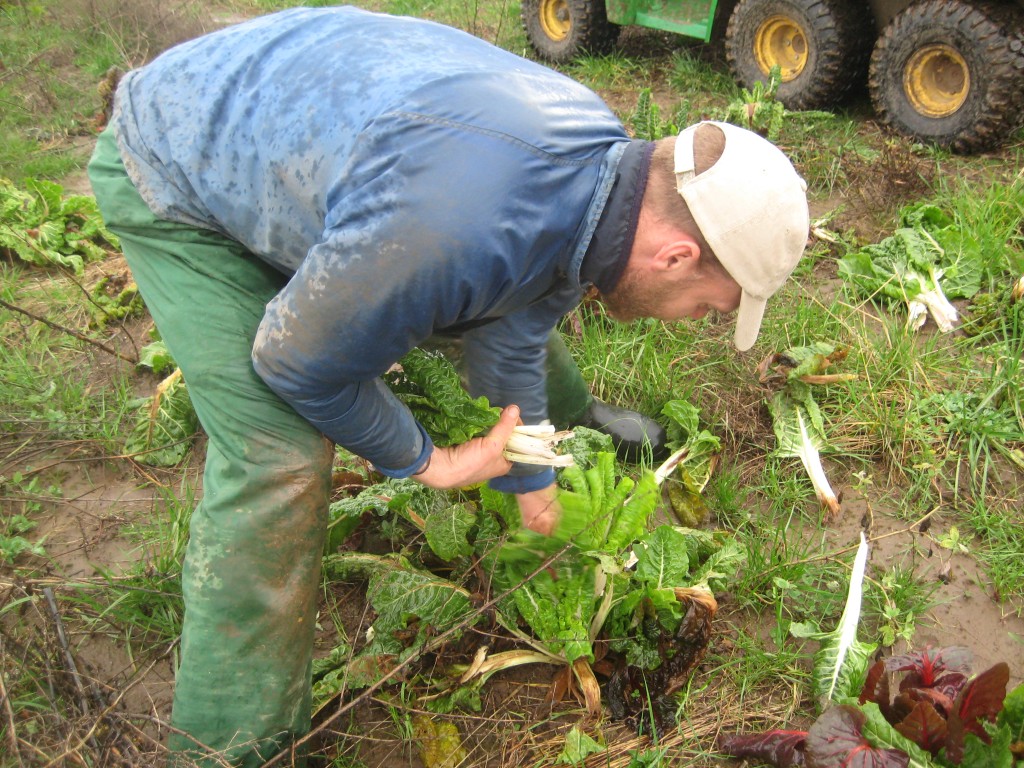
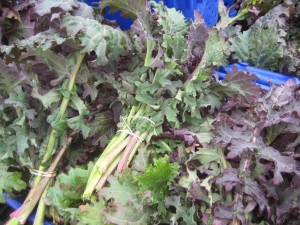
![Winter opened with [receding] high waters and a pretty moon that came out to visit as the very short day turned to afternoon/evening.](http://www.oakhillorganics.com/wp-content/uploads/2016/01/IMG_1877-1024x768.jpg)
![We enjoyed a [very cold!] New Year's Day hike at Willamette Mission State Park.](http://www.oakhillorganics.com/wp-content/uploads/2016/01/IMG_1912-300x225.jpg)

